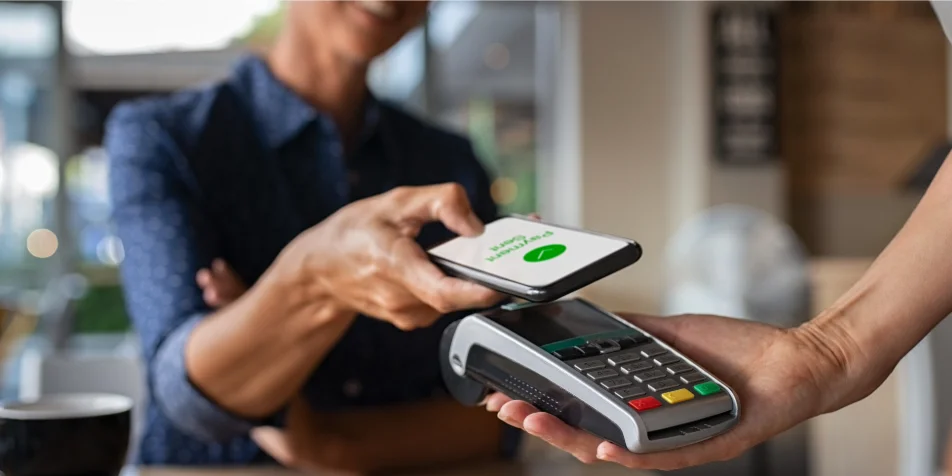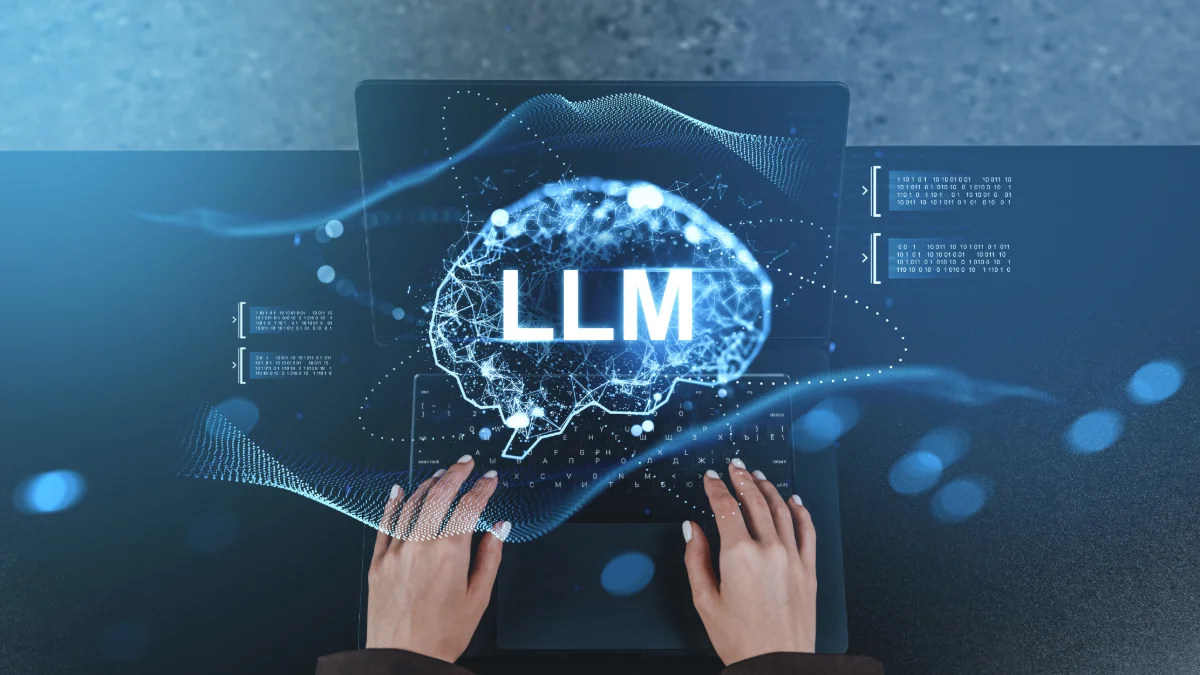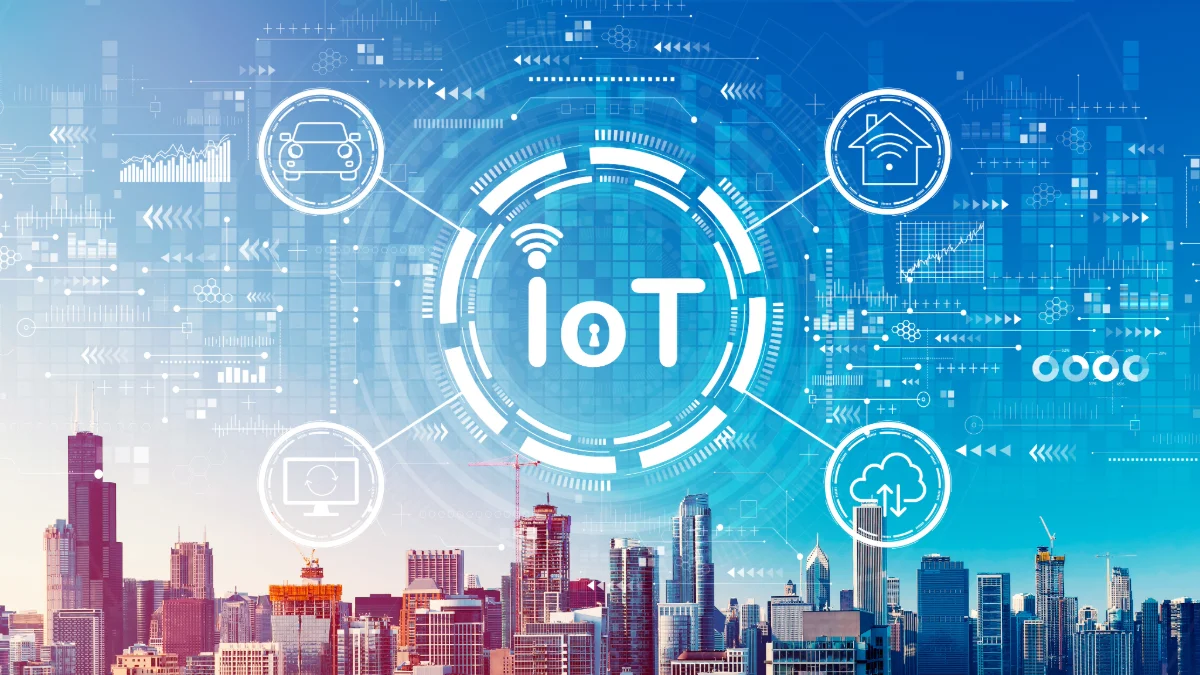1.
What is NFC and How Does It Work?
Explained as “Near Field Communication,” NFC is derived from the initials of the English term “Near Field Communication.” This feature enables data exchange between electronic devices placed in close proximity, allowing contactless and wireless payments, identity scanning, and data transfer to be performed quickly and effortlessly. Keep reading to learn the detailed answers to questions such as what NFC is, how it works, what it is used for, its use cases, and how it can be integrated with cloud-based systems.
As briefly mentioned above, NFC stands for “Near Field Communication” in English and is translated into Turkish as “Yakın Alan İletişimi.” While it shares certain characteristics with RFID technology, it is defined as an independent technology with its own protocols and operating modes. Although RFID technology can also operate at 13.56 MHz, NFC is a specialized short-range communication technology based on ISO/IEC 14443 and NFC-Forum protocols. NFC operates through the principle of magnetic field coupling (inductive coupling) and has a maximum theoretical range of approximately 7–8 cm. Data transmission with NFC occurs exclusively through short-range magnetic fields; technologies such as Wi-Fi, 5G, and Bluetooth operate on different communication layers.
The NFC standards were first defined between 2002 and 2004, and devices consist of an NFC controller, antenna, and circuit components. In NFC communication, transmission generally occurs through magnetic induction when two devices are brought within a few centimeters of each other. Some devices operate in passive mode to minimize power requirements, while active NFC usage increases energy consumption. Below are the three main operation modes that enable different NFC use cases.
- Reader/Writer Mode: An NFC-enabled device can read from or write data to NFC tags or cards. Contactless payment terminals in stores are common examples of this mode.
- P2P Mode: Enables data exchange between two NFC devices. For instance, smartphones can share photos or contact information through P2P mode.
- Card Emulation Mode: Allows an NFC device to act like a payment or access card. Examples include using a smartphone for contactless payments or for access in office entry systems via the card emulation mode.
After understanding what NFC is and how it works, you can explore its practical use cases below.
2.
How to Use NFC?
As detailed above, the NFC feature enables various operations—from payments to ID scanning—to be performed swiftly and effortlessly. So, how is NFC used in different scenarios? The answer is listed below.
- Contactless Payments: Contactless payments are performed using Host Card Emulation (HCE) or Secure Element (SE)-based NFC solutions. Supported devices or cards enable fast and secure transactions in markets, public transport, and retail stores.
- Data Sharing: Photos, contact information, or small files can be easily shared between phones.
- Authentication: NFC can be used for authentication in office entries, ticket controls, or security systems.
- Smart Home Applications: NFC tags can be programmed to control lights, door locks, or appliances.
- Public Transport and Ticketing: NFC-enabled tickets or cards allow fast entry to buses, subways, or events.
- Loyalty and Campaign Cards: Store loyalty cards or coupons can be stored and used via NFC on mobile devices.
- Healthcare and Medical Monitoring: NFC-tagged medical devices or patient wristbands can be used for tracking and data logging.
3.
Use of NFC in IoT and Cloud Ecosystems
NFC (Near Field Communication), as a short-range communication technology, plays not only a key role in payment and authentication but also a complementary role in the secure connection, authentication, and management of IoT devices within cloud systems. During the initial configuration (onboarding) stage, NFC enables secure key exchange and authentication, allowing smart devices, sensors, and industrial equipment to integrate with cloud ecosystems while ensuring data security and management convenience. This improves user experience while enabling businesses to optimize data collection, access control, and device management processes.
When discussing NFC’s use cases in the IoT world, we can summarize them as follows:
- Device Setup and Configuration: NFC allows IoT devices to connect quickly to cloud-based platforms and be automatically configured with predefined settings.
- Secure Data Transfer: Short-range communication enables secure data transfer between IoT devices and cloud systems.
- Inventory and Tracking Systems: Smart tagging enables real-time tracking of IoT devices and sensors in the cloud.
- Access and Authentication: NFC-based authentication prevents unauthorized access to devices and enhances security particularly at edge devices and network segments.
In addition, a strong network and security infrastructure further enhances NFC solutions. Connecting edge devices to wired or wireless networks, meeting NAC (Network Access Control) and segmentation requirements, ensures a secure and scalable structure within IoT and cloud ecosystems. As a result, NFC-based data transmission and device management maintain high levels of both performance and security. In summary, NFC is not merely a simple communication method between devices—it stands out as a crucial component of secure, fast, and manageable data flow within IoT and cloud ecosystems.
4.
Things to Consider When Using NFC
- Use in Secure Environments: Perform NFC payments or data transfers only with trusted devices and terminals.
- Short Range: NFC devices typically operate within about 10 cm. Pay attention to proximity when bringing devices close together.
- Device Software: Ensure your phone and applications are up to date before using NFC features.
- Sensitive Data: When sharing confidential information over NFC, use encryption or secure applications.
- Physical Damage: The NFC antenna is located on the back of the device; drops or impacts may affect antenna performance.
5.
Frequently Asked Questions
The section below answers common questions such as what NFC is, how to enable it on a phone, and how NFC payments work.
What are the use cases of NFC?
NFC is used in areas such as contactless payments, device pairing, IoT management, and access control.
What is NFC on a phone and how do you enable it?
NFC on a smartphone enables short-range wireless data transfer and can be activated through the settings menu.
How do you make a payment with NFC?
To pay with NFC, simply bring your device close to the payment terminal for a quick and secure transaction. NFC payment processes use cryptography, session keys, or tokenization to establish a secure communication channel between the terminal and the device.
Where is the NFC antenna on a phone?
The NFC antenna is typically located near the center of the back panel of the phone.
Does NFC affect device performance?
No, NFC operates in the background with low power consumption and has almost no impact on device performance.
How secure is data transfer with NFC?
Due to short-range communication and encryption, NFC-based data transfers are generally considered secure.
Also, check out our article on What is the Internet of Things (IoT)?














